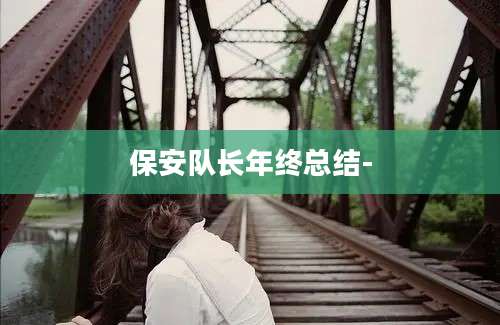雅思大作文范文:

题目:Some people think that the best way to reduce traffic congestion is to introduce a congestion charge in city centers. To what extent do you agree or disagree?
The issue of traffic congestion in city centers is a topic that generates much debate, and while I acknowledge the potential benefits of implementing a congestion charge, I believe it is not the only solution and may not be the most effective one in all cases.
Proponents of congestion charging argue that such a fee would deter drivers from entering the city center during peak hours, thereby reducing the number of vehicles on the roads. This could lead to a decrease in traffic jams and improve air quality. Moreover, the revenue generated from the congestion charge could be used to improve public transportation systems, making them more attractive to commuters.
However, I am not convinced that a congestion charge is the best solution for all cities. Firstly, it may disproportionately affect lowerincome families who rely on their cars for transportation due to limited public transport options. These families may struggle to afford the additional cost of a congestion charge, leading to financial hardship. Secondly, the effectiveness of a congestion charge depends on its implementation and enforcement. If not properly enforced, the charge could become a symbolic gesture rather than a genuine attempt to reduce congestion.
Instead of relying solely on a congestion charge, I believe a comprehensive approach that includes improving public transportation, promoting cycling, and creating more efficient traffic management systems would be more effective in reducing traffic congestion. By providing affordable and convenient alternatives to driving, people may be more inclined to leave their cars at home and choose ecofriendly modes of transport.
In conclusion, while I acknowledge the potential benefits of introducing a congestion charge in city centers, I believe that it should be part of a broader strategy that addresses the root causes of traffic congestion. A onesizefitsall solution may not be effective, and it is crucial to consider the social and economic implications of such a charge.
与这个标题相关的常见问答知识清单:
1. 什么是交通拥堵费?
2. 交通拥堵费如何帮助减少城市中心的交通拥堵?
3. 交通拥堵费可能对哪些人产生不利影响?
4. 如何确保交通拥堵费的有效实施?
5. 除了交通拥堵费,还有哪些方法可以减少城市中心的交通拥堵?
6. 交通拥堵费如何影响公共交通的使用率?
7. 交通拥堵费是否适用于所有城市?
8. 如何平衡交通拥堵费对低收入家庭的影响?
9. 交通拥堵费对空气质量有什么影响?
10. 交通拥堵费是否会增加城市中心的商业活动?
详细解答:
1. 交通拥堵费是指对进入城市中心特定区域的车主征收的费用,旨在通过增加使用成本来减少车辆数量,从而减轻交通拥堵。
2. 交通拥堵费通过增加进入城市中心的成本,使得部分司机选择在其他时间或地点出行,或者转而使用公共交通、自行车等替代方式,从而减少道路上的车辆数量。
3. 交通拥堵费可能对低收入家庭产生不利影响,因为这部分人群可能无法承担额外的费用,导致他们不得不继续使用汽车,即使在交通拥堵的情况下。
4. 确保交通拥堵费的有效实施需要建立完善的收费系统、明确的规定和有效的执法机制。
5. 除了交通拥堵费,还可以通过改善公共交通服务、推广自行车和步行、优化交通信号系统等方法来减少交通拥堵。
6. 交通拥堵费可能提高公共交通的使用率,因为它提供了比私家车更经济、更便捷的出行选择。
7. 交通拥堵费不一定适用于所有城市,因为不同城市的交通状况、公共交通发展水平和市民出行习惯都有所不同。
8. 为了平衡交通拥堵费对低收入家庭的影响,可以提供补贴、免费或优惠的公共交通服务,或者调整收费标准。
9. 交通拥堵费可以改善空气质量,因为它减少了车辆排放的有害气体,尤其是氮氧化物和颗粒物。
10. 交通拥堵费可能会对城市中心的商业活动产生影响,因为它可能会减少某些地区的车辆流量,从而影响消费者的到访。然而,如果交通拥堵得到有效缓解,长期来看可能会提升城市中心的整体商业环境。










